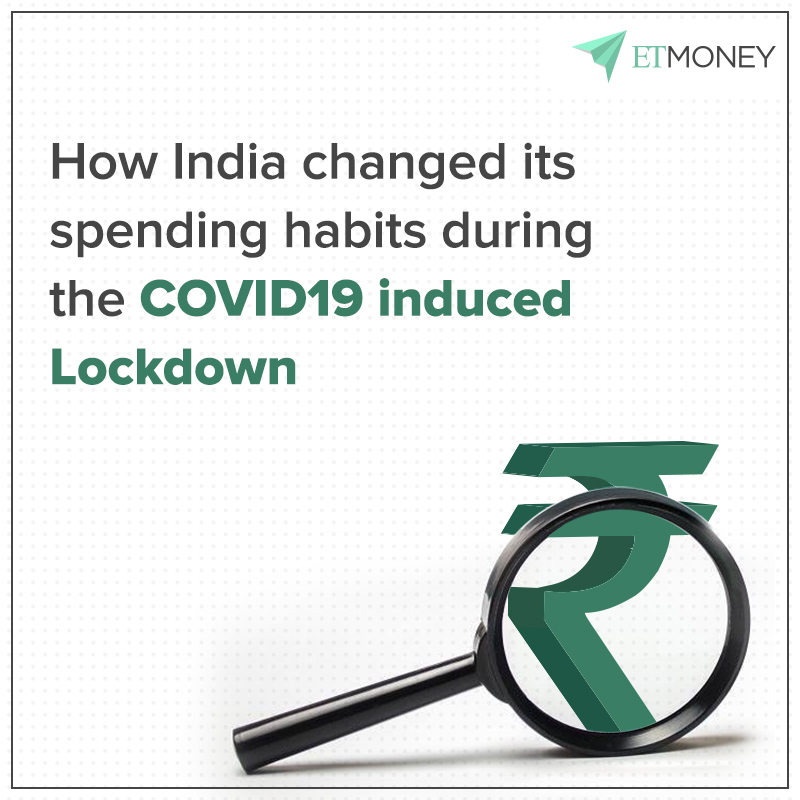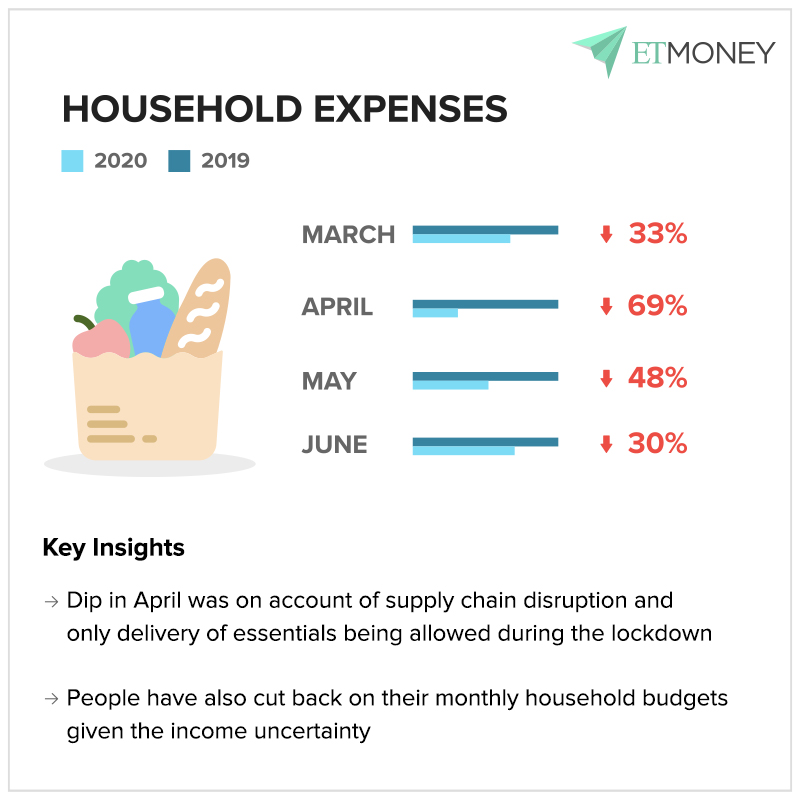
Although the back of the envelope calculations might not be correct to the last decimal they give you a good idea. Here are 5 such rules that you can use for quick estimates when it comes to investments
#rules #investments #ETMONEY
#rules #investments #ETMONEY

We all want our money to double-up in the shortest time. Well, the Rule of 72 tells you when can that happen. All you need to do is take the number 72 and divide it by rate of returns on your investments. The answer will give the number of years it'll take to double your money 

For example, let’s suppose you have invested ₹1 lakh and are getting a rate of return of 6 per cent. Now, if you divide the number 72 with 6, you arrive at 12. That means, your ₹1 lakh will become ₹ 2 lakh in 12 years
Idle money keeps losing its value quicker than you think. And the reason for that is - Inflation. The rule of 70 helps you determine the value of your wealth in future when its neither withdrawn nor invested, ie, kept idle 

Take the number 70 and divide it by the rate of inflation. You'll get the number of years in which your wealth will be worth half of what it is today. Suppose you have ₹1Cr and the current inflation is 5%. Going by the rule of 70, your ₹1Cr will be worth ₹50 lakh in 14 years
Life can be like cricket; when in form, you time every ball from the middle. But when a rough patch comes, the same ball knocks you down. For such rainy days in life, it is recommended to keep an emergency fund that can take care of your expenses for at least 6 to 12 months 

Eating out - Traveling - Shopping - a few things on our mind when we receive our salary. Retirement planning is not in contention for most. The 10% rule though can be a saviour here. Just 10% of the salary with a 10% increase on it yearly can set you for a huge retirement corpus 

Now think that you have retired with handsome corpus, say of ₹1 Cr. The 4% rule states that you can withdraw 4% of that retirement corpus every year (in this case ₹4Lakh) for that fund to outlast you while taking care of all your expenses 

• • •
Missing some Tweet in this thread? You can try to
force a refresh










